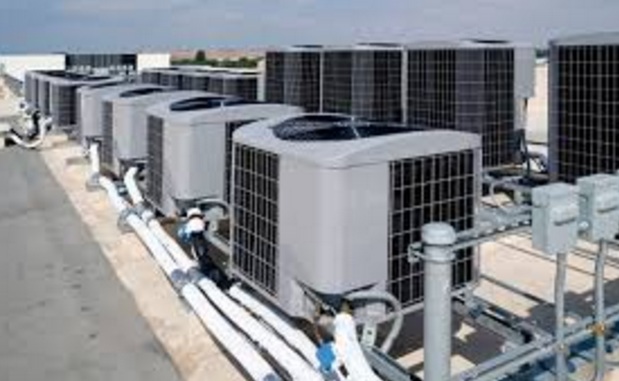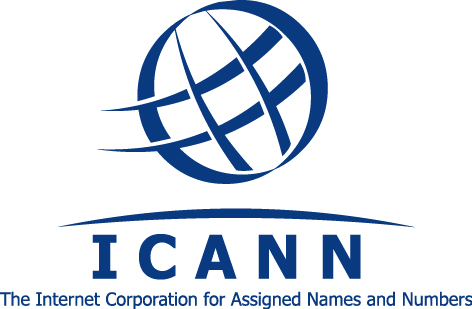Air conditioning industry: LG’s value adding mechanism

Since air conditioning was introduced in 1902 by Willis Carrier, the technology has been improved by a series of developments and innovations.
Across the world, including Nigeria, air condition, the amazing technology, has continued to impact humans. Homes, offices, businesses have continued to benefit from this technology.
The first residential air conditioner was installed in 1914 and measured in at an astounding 7 feet high, 6 feet wide, and 20 feet long!
Obviously, the size of the system meant that operating costs were quite high and that it could only be installed in large spaces. This meant that only wealthy people with large homes could initially experience the benefits of climate control.
In 1931, H.H. Schultz and J.Q. Sherman invented the first room air conditioner. The unit sat on the ledge of a window, just as modern room air conditioners often do. Despite their reduced size, these systems were still very expensive.
After World War II, air conditioning became something of a status symbol. Window units in particular were quite popular, with over one million units sold in 1953. In the 1970s, central air conditioning systems made their way into homes, using Freon-12 (also known as R-12) as coolant.
Residential air conditioning has come such a long way over the past 100 years. While early air conditioners were loud, lacked efficiency, and expensive to operate, modern air conditioning manufacturers have made great strides to implement cooling technology that is both efficient and convenient, providing consumers with seemingly endless choices.
Indeed, air conditioning has also become more environmentally- friendly as research has shown that Freon is linked to ozone depletion. Currently, R-22 refrigerant is being phased out and environmentally-friendly R401A refrigerant is the new standard.
Air conditioning is a luxury many of us take for granted these days, becoming a standard piece of equipment in most households and workplaces The technology has impacted our lives in many ways that we don’t necessarily think about, because most people today are fortunate enough to live in homes equipped with cooling systems.
Therefore, cooling technology has advanced greatly to improve our comfort and health in addition to becoming much more affordable over the years. This has allowed the air conditioner to become much more than just a solution to cooling or heating needs for homes and offices.
Today’s air conditioners ensure safety through advanced air purifying technology. Interest in air quality functions on new air conditioners has grown as awareness of the negative health impact of air pollution and airborne bacteria has increased.
Now, the innovation has gone a step further, with the evolution of ‘inverter’ air conditioning units. Inverter air conditioners are known for their low energy consumption, saving the consumer money and more importantly, reducing environmental impact. After all, it is estimated that providing HVAC and lighting to residential and commercial buildings accounts for 25 per cent of the world’s energy consumption.
However, innovative inverter technology can reduce energy consumption significantly compared with non-inverter models. This is because inverter unit controls cooling and heating intelligently, adjusting to the ambient temperature of a room, and reducing power usage while maintaining strong performance levels.
One of the latest inverter models on the market is LG’s DUALCOOL – its flagship Residential Air Conditioning (RAC) solution.








